What a great idea!
This is something that definitely needs to happen in other countries besides the Czech Republic.
A Reddit user shared a photo with a caption that said, “Some drugstores in the Czech Republic introduced shampoo and shower gel filling machines. Customers can refill their empty bottles with various products so they don’t have to buy a new one every time.”
Some drugstores in the Czech Republic introduced shampoo and shower gel filling machines. Customers can refill their empty bottles with various products so they don’t have to buy a new one everytime from interestingasfuck
The photo looks like a regular, everyday drug store, but that filling station for shampoo and shower gel must cut down on plastic waste in a big way. Think about how often you buy a new bottle of shampoo or some kind of soap for your shower…and then think about everyone else who uses your local CVS.
Those numbers add up.
These kinds of measures not only cut down on plastic waste, but also reduces landfilled trash in general, which cuts down on methane release. And, on top of that, it helps reduce the demand for new plastic to be produced (which takes more fossil fuels). It’s all a cycle, you see?
Shopping in bulk is a classic way to cut down on plastic waste, and if you’re looking to do your part, it’s a good route to go – because I don’t know how common these kinds of soap refilling stations are in the U.S. There are a lot of good resources online for buying in bulk and to help you cut down on waste, including the blog Litterless and the website Zero Waste Home.
This is a seriously great idea, and I hope it turns into a worldwide trend. We all need to do our part to help out the environment – climate change isn’t going to solve itself, and even though reducing trash doesn’t seem like it makes a difference, when enough people do it, it really does.
So let’s get moving in the right direction. Every little bit helps.
The post A Czech Drugstore Has a Shampoo Refill Station to Help Cut Down on Plastic Waste appeared first on UberFacts.

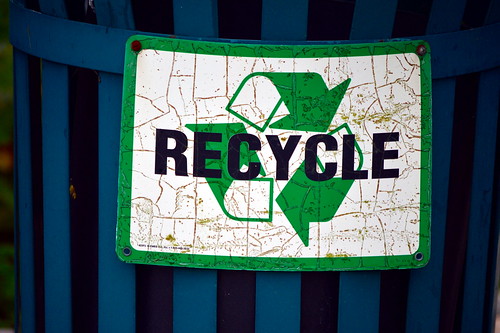



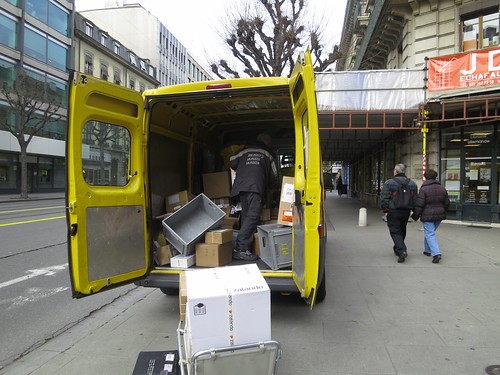

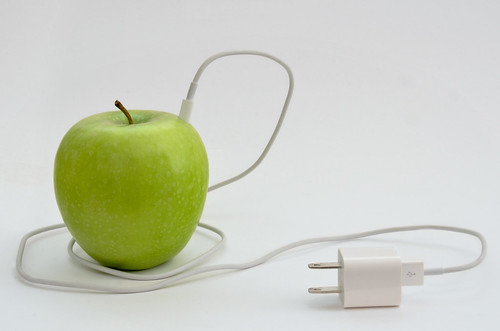
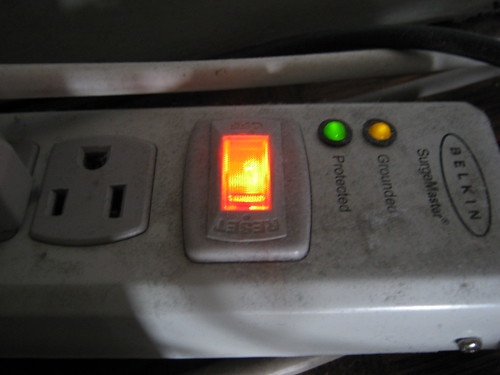

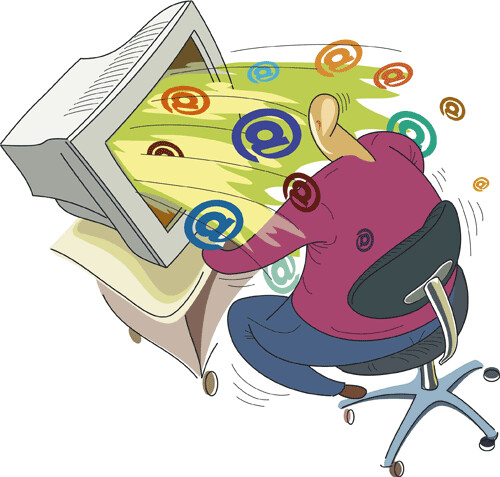
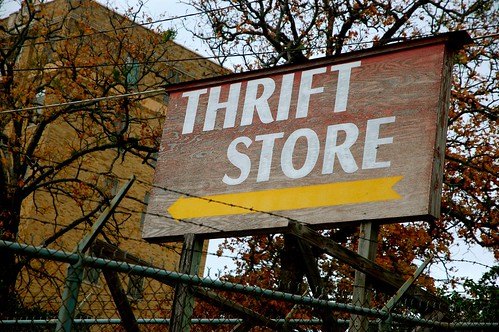

 How many
How many  for this great idea
for this great idea  ? . . . . Follow @earth.healerr for more . . .#italy
? . . . . Follow @earth.healerr for more . . .#italy



 #sunset #stormysky #stormyskies #irishsea #england #northwestcoast #windenergy #megawatts #engineering #power #electricity #generating #offshore
#sunset #stormysky #stormyskies #irishsea #england #northwestcoast #windenergy #megawatts #engineering #power #electricity #generating #offshore Please follow for more
Please follow for more
 #ireland #archaeology #landscapes #irishcountryside #nature #instatravel #pleasenomorerain
#ireland #archaeology #landscapes #irishcountryside #nature #instatravel #pleasenomorerain
